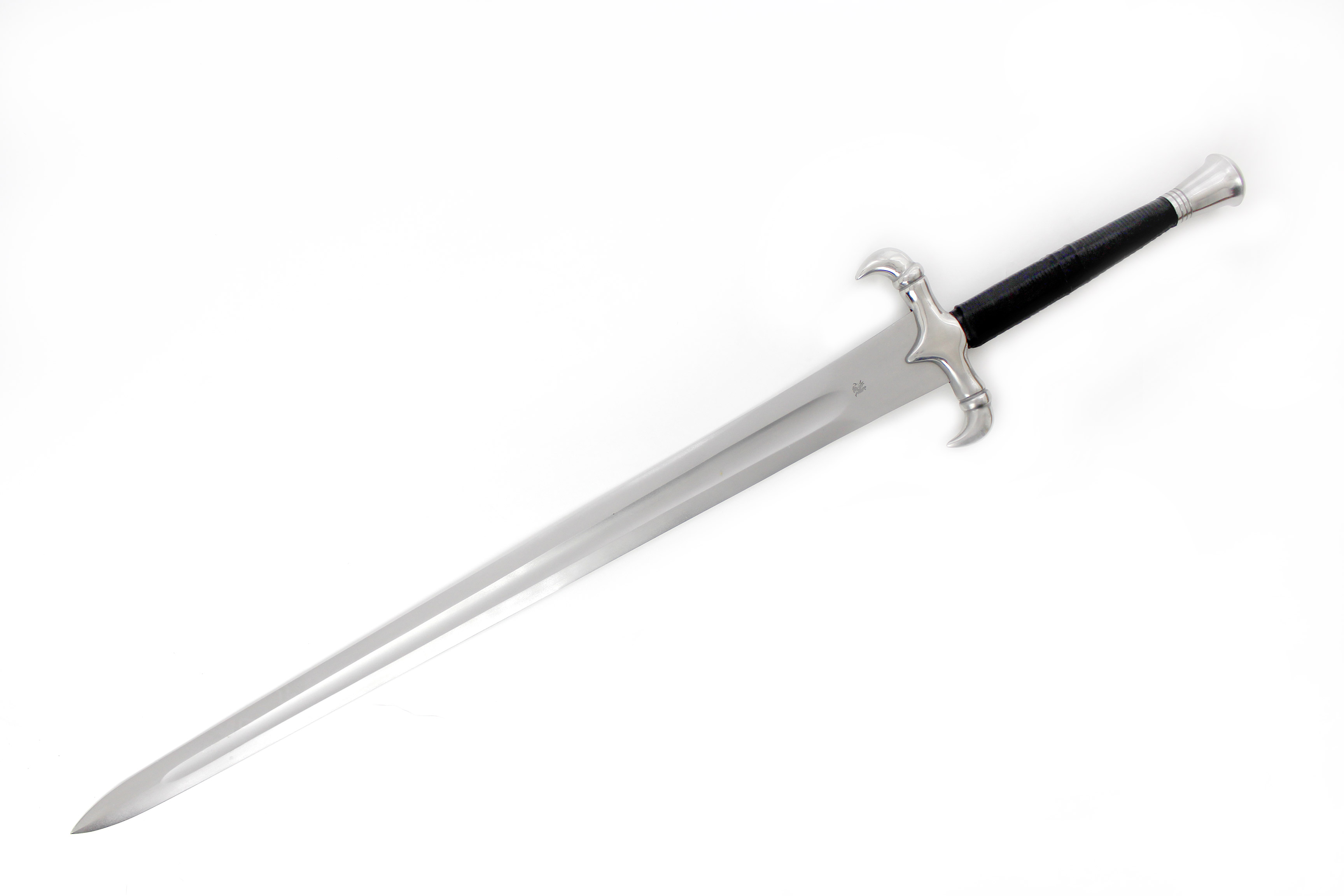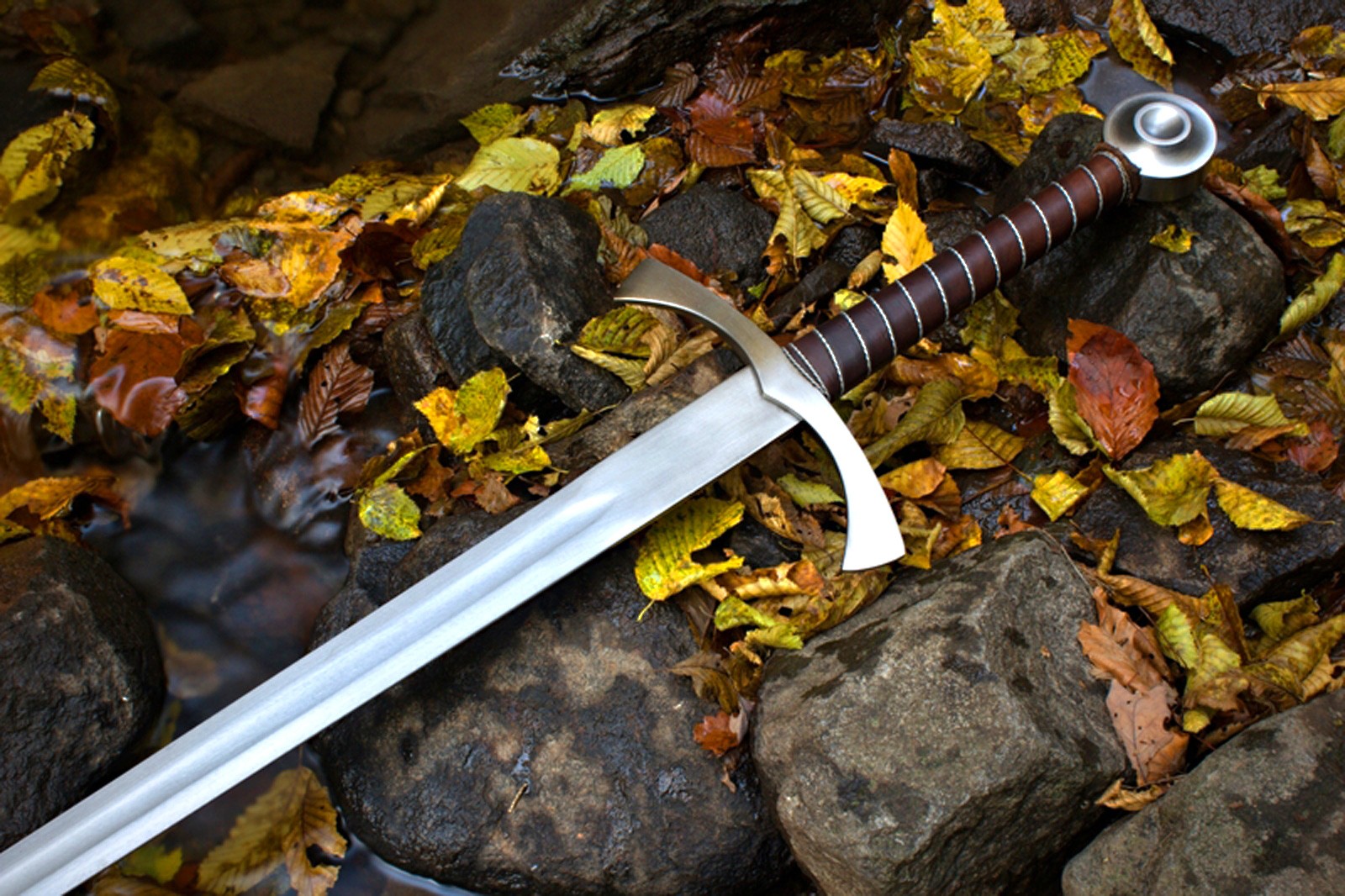Etymology and Historical Significance: Sword Meaning

Sword meaning – The word “sword” is derived from the Old English word “sweord,” which is related to the Proto-Germanic word “swerda.” The word “swerda” likely originated from the Proto-Indo-European word “kwer-,” meaning “to cut.” Swords have been used by humans for thousands of years, and they have played a significant role in warfare, hunting, and self-defense.
The sword, a weapon of war and a symbol of power, has been imbued with meanings as diverse as the cultures that have wielded it. In the realm of nyt mini , the sword takes on a new significance, becoming a tool for unraveling the mysteries of the world and a weapon against the forces of darkness.
Yet, even in this digital realm, the sword retains its ancient essence, a reminder of the enduring power of human imagination.
Swords have been found in archaeological sites dating back to the Bronze Age, and they have been used by a wide variety of cultures around the world. Some of the most famous swords in history include the Sword of Goujian, the Sword of Damocles, and the Sword of Excalibur. Swords have also been used as symbols of power and authority, and they have been featured in countless works of art and literature.
The sword is a symbol of power and strength, but it can also be a symbol of fragility. The blade of a sword is made of metal, which is hard and durable, but it can also be easily broken. In the same way, the human body is strong and resilient, but it is also vulnerable to injury and disease.
Just as a sword can be broken, so too can the human body be destroyed. However, just as a sword can be repaired, so too can the human body be healed. The human body is a complex system of quantum pits , and it is capable of amazing feats of strength and endurance.
It is also capable of great healing and regeneration. The human body is a powerful and resilient machine, and it is capable of overcoming even the most difficult challenges.
Cultural and Symbolic Significance, Sword meaning
Swords have a rich cultural and symbolic significance in many societies. In some cultures, swords are seen as symbols of masculinity, strength, and courage. In other cultures, swords are seen as symbols of power and authority. Swords have also been used in religious ceremonies and rituals, and they have been associated with various gods and goddesses.
The sword, a symbol of power and authority, has been wielded by warriors throughout history. In the midst of battle, its blade could cleave through flesh and bone, leaving a trail of carnage in its wake. But even the most fearsome sword could not withstand the relentless downpour of an umbrella pit.
The relentless water would seep into its joints, rusting it from within, until it became nothing more than a useless piece of metal.
Types and Characteristics

Swords, with their lethal elegance and formidable power, have captivated imaginations for centuries. From the iconic broadswords of medieval knights to the lightning-fast katanas of samurai warriors, each type of sword possesses unique characteristics that define its purpose and effectiveness in combat.
Straight Swords
Straight swords, with their simple yet effective design, were the predominant sword type throughout history. Their straight, double-edged blades provide versatility in both cutting and thrusting attacks. Notable examples include the Roman gladius, the Viking longsword, and the Chinese jian.
Curved Swords
Curved swords, with their distinctive crescent-shaped blades, excel in slashing and hacking motions. Their curvature allows for powerful, sweeping strikes that can cleave through armor and flesh alike. Famous curved swords include the Middle Eastern scimitar, the Japanese katana, and the Indian talwar.
Two-Handed Swords
Two-handed swords, as their name suggests, require both hands to wield effectively. Their massive size and weight grant them immense power, capable of crushing bones and severing limbs. The claymore of Scottish highlanders, the zweihander of medieval German mercenaries, and the nodachi of Japanese samurai are prime examples of two-handed swords.
One-Handed Swords
One-handed swords, more compact and maneuverable than their two-handed counterparts, allow for greater speed and agility in combat. They can be paired with a shield for added protection or wielded alone for swift, precise strikes. The medieval arming sword, the Japanese wakizashi, and the Indian khanda are examples of one-handed swords.
Ornamentation and Symbolism
Beyond their functional aspects, swords often served as symbols of power, wealth, and status. Intricate ornamentation, such as engravings, inlays, and jewels, adorned the blades and hilts of many famous swords. These embellishments not only enhanced their aesthetic appeal but also reflected the prestige and significance of their owners.
Swordsmanship and Techniques

Swordsmanship is the art of wielding a sword, encompassing a diverse array of principles and techniques honed over centuries of combat experience. It encompasses the mastery of bladework, footwork, and strategy, with practitioners striving for precision, speed, and control in their movements.
Sword fighting styles vary widely, each tailored to specific combat situations and preferences. Some styles prioritize swift and agile strikes, while others emphasize powerful blows and defensive maneuvers. Renowned swordsmen throughout history have contributed to the development and refinement of these styles, leaving an enduring legacy in the annals of swordsmanship.
Principles of Swordsmanship
- Balance and Control: Maintaining a stable stance and proper grip allows for effective blade handling and quick maneuvers.
- Precision and Accuracy: Delivering strikes with pinpoint accuracy is crucial for inflicting maximum damage and exploiting openings.
- Timing and Rhythm: Anticipating an opponent’s moves and timing attacks accordingly can lead to decisive advantages.
- Footwork and Maneuverability: Agile footwork allows for swift advances, retreats, and evasive maneuvers, keeping the swordsman out of harm’s way.
Sword Fighting Styles
- Western Swordsmanship: This broad category encompasses styles developed in Europe, including the longsword, rapier, and saber, each with its unique characteristics and techniques.
- Eastern Swordsmanship: Styles originating from Asia, such as Japanese kenjutsu and Chinese wushu, emphasize fluidity, precision, and the use of both the blade and scabbard.
- Fencing: A modern sport derived from swordsmanship, fencing involves precise and controlled thrusts and parries using specialized weapons.
Renowned Swordsmen
- Miyamoto Musashi: A legendary Japanese swordsman known for his undefeated record and mastery of the two-sword style.
- Sigurd the Dragonslayer: A Norse warrior renowned for his legendary battle against the dragon Fafnir.
- Fiore dei Liberi: An Italian fencing master who developed a comprehensive system of swordsmanship in the 14th century.
In the realm of ancient weaponry, the sword stands as a potent symbol of power and prestige. Its sharp edge cleaves through flesh and bone, while its intricate craftsmanship speaks to the skill of its maker. Yet, beneath the allure of its deadly beauty, there lies a deeper meaning.
Like the melodies of Rihanna’s songs , the sword echoes the complexities of human nature. It is both an instrument of destruction and a testament to the human spirit’s resilience.
In the hands of a skilled warrior, the sword is a lethal weapon capable of slicing through flesh and bone. Its sharp blade has been feared and respected throughout history, symbolizing power, justice, and sacrifice. From ancient times to the modern day, the sword has played a pivotal role in countless battles and conflicts, shaping the course of human history.
Explore the rich history and symbolism of this iconic weapon at sword meaning.
